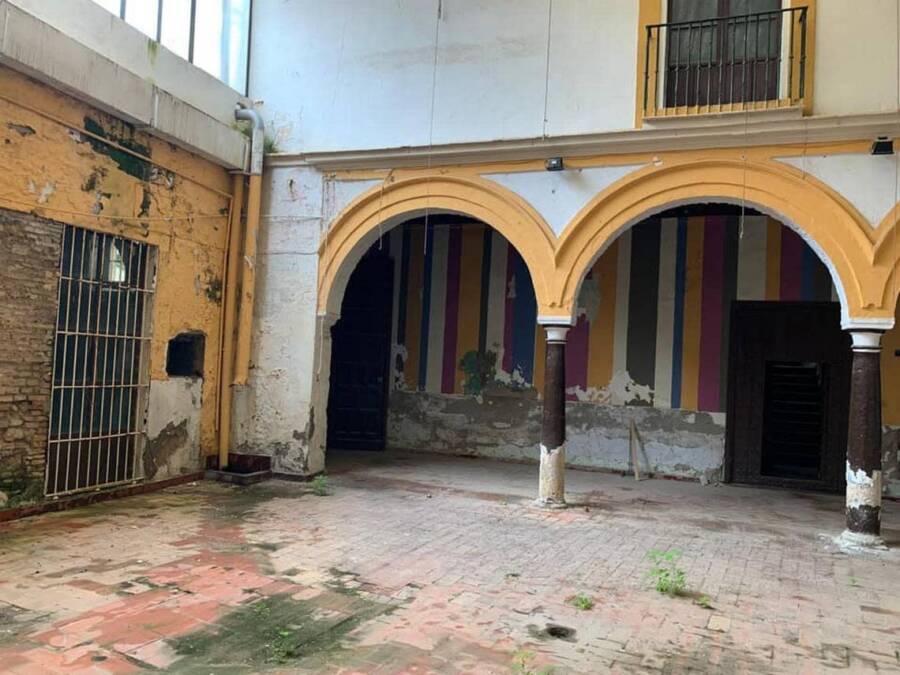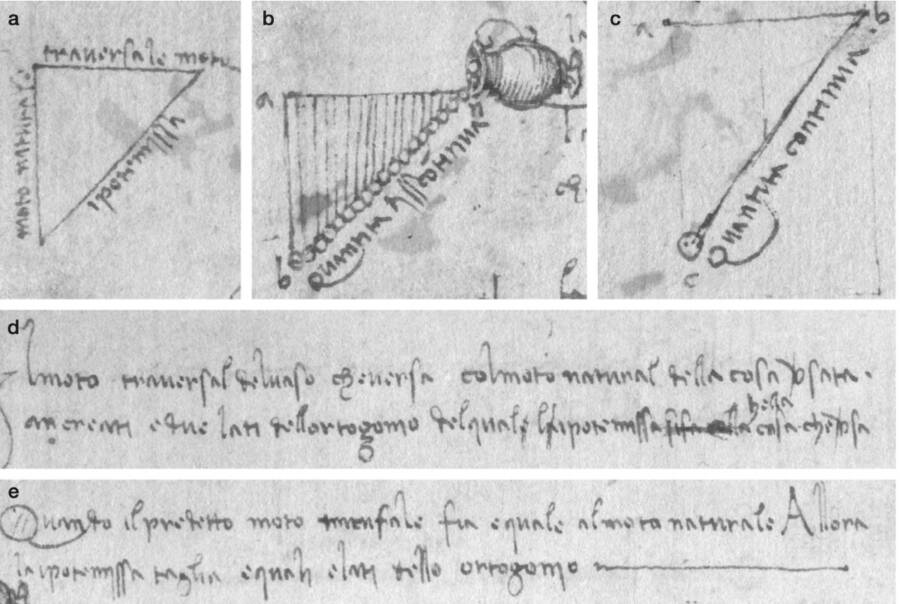Medieval synagogue unearthed in Spain, Leonardo da Vinci's gravity sketches discovered, 500-year-old spice trove found.
Archaeologists Just Uncovered A 14th-Century Spanish Synagogue Inside A Former Disco-Pub

Utrera City HallTucked away at the end of an alleyway in the Spanish city of Utrera, this abandoned building was formerly a disco-pub called Niño Perdido, or Lost Child.
The city council of Utrera, Spain came under fire in 2016 after it bought a building in hopes that they’d uncover a lost medieval synagogue within, a hunch based only on a single line of text from a local history written in 1604.
But now, after two years of searching, archaeologists have finally proven this theory correct and found the remains of this 14th-century synagogue. Archaeologists have since uncovered the Hechal, or ark of the Torah, the small chamber where the scrolls of the scripture were kept. Now, they hope to unearth more relics inside this “staggeringly rare” piece of history.
Read on here.
Forgotten Sketches By Leonardo Da Vinci Suggest That He Understood Gravity Decades Before Newton

Gharib et al., Leonardo, 2022Leonardo da Vinci’s sketches detailing a rudimentary way of calculating Earth’s gravitational constant.
In 2017, California Institute of Technology professor Mory Gharib was searching the Codex Arundel, a collection of notes and sketches by Leonardo da Vinci dating from 1480 to 1518, for illustrations that he could share with his graduate students when he noticed a particularly intriguing sketch.
Alongside engineers Chris Roh and Flavio Noca, Gharib began investigating the sketches and soon realized that they were not simply drawings of geometric shapes, but evidence that da Vinci had started to decode the laws of gravity decades before Isaac Newton “discovered” them.
Dig deeper in this report.
A Trove Of Medieval Spices Was Just Found Inside The Pantry Of A 500-Year-Old Shipwreck

Vänehem Illustration/FacebookThe Gribshunden served as King Hans’ “Floating Castle.”
In 1495, the Danish warship Gribshunden exploded in the Baltic Sea off the coast of Sweden, sinking 36 feet into the watery depths below. The ship had served as King Hans of Denmark’s “floating castle,” and he carried a wealth of treasures on board — including a pantry full of exotic spices. Remarkably, those spices remained immaculately preserved for more than five centuries.
See more here.





